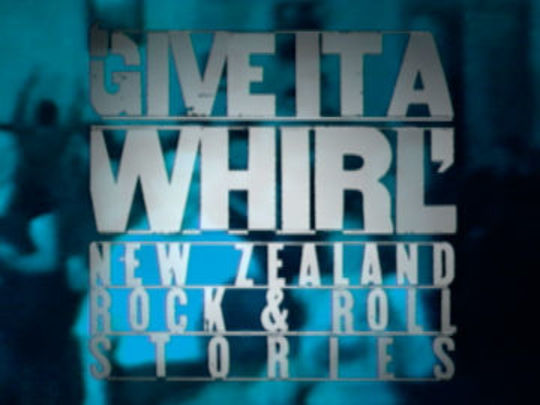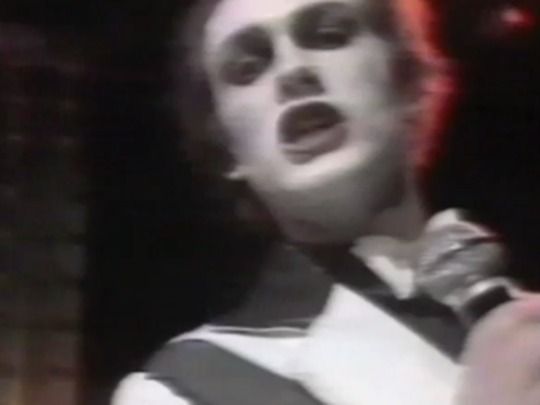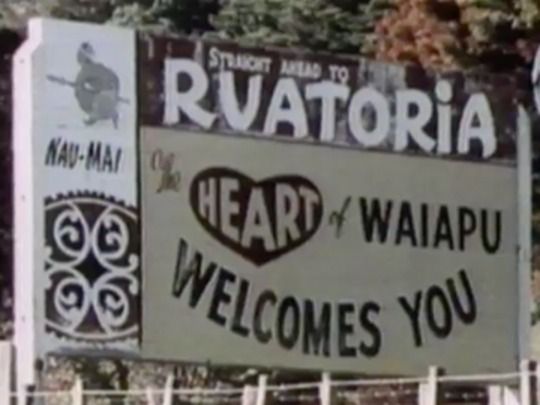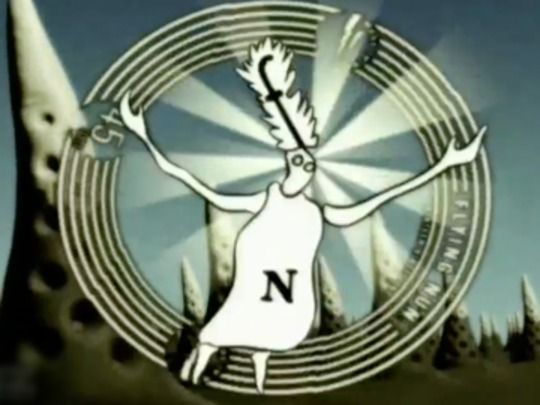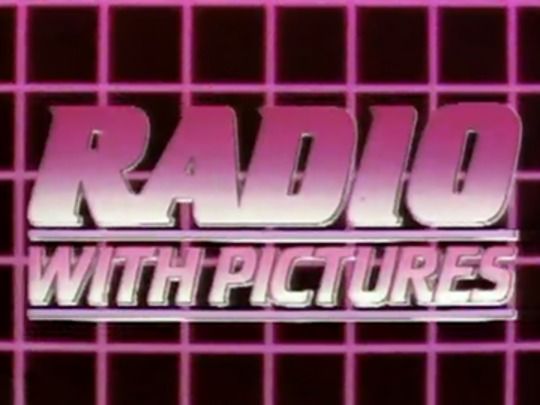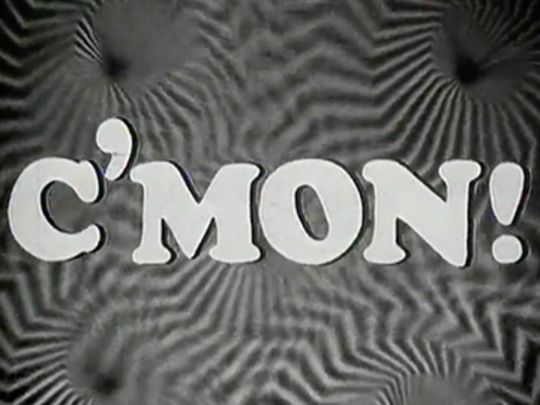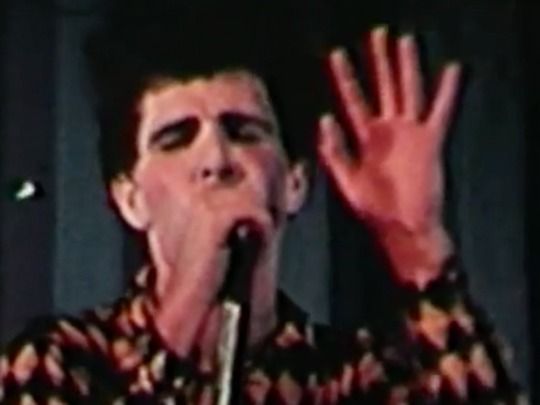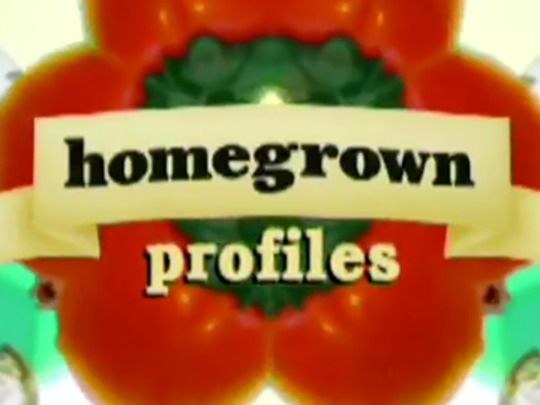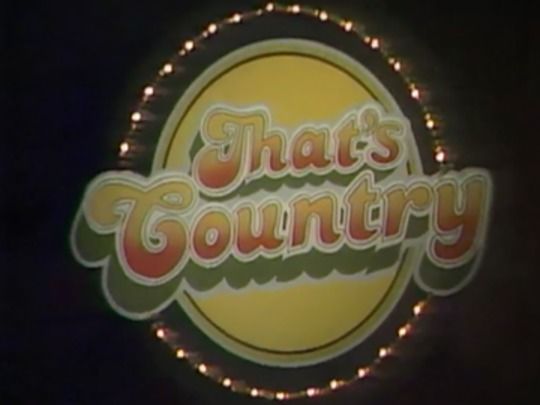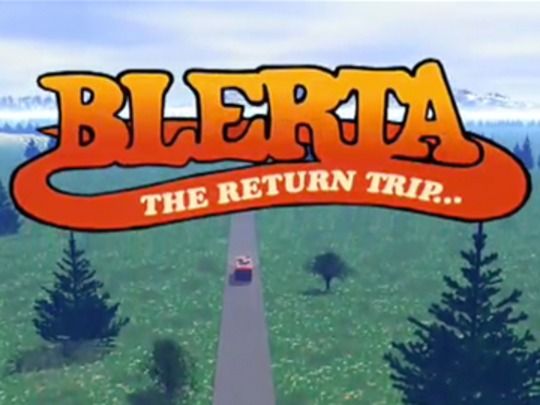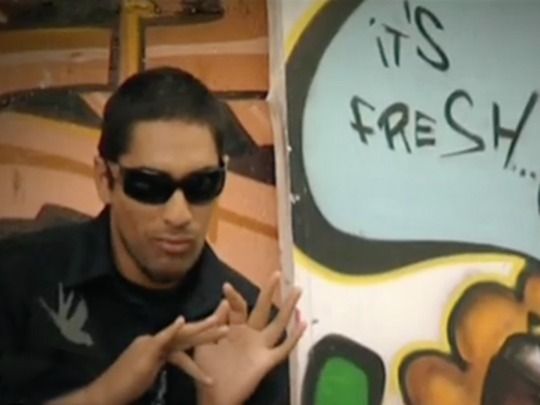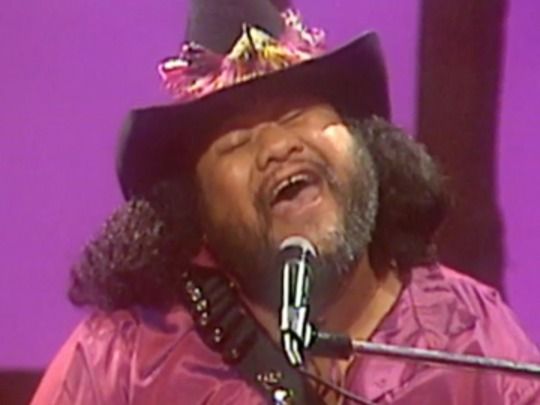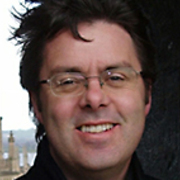NZ Music Month
Life Before YouTube
Music and television have often been uneasy bedfellows, with conflicting agendas, but from the moment the medium first launched in New Zealand, music was part of the programme. In 1950 Philips made an experimental closed-circuit broadcast in Auckland, and among the cast — alongside radio's Aunt Daisy and some animals from the zoo — was jazz pianist Nancy Harrie.
In 1959, the New Zealand columnist for the Australian Music Maker worried, "The big question for this year is: how will TV affect musicians?" At first, the impact was felt in dance halls, in the cinemas, and in what was left of vaudeville. But soon — as in the early days of radio — musicians were the patrons of broadcasting as much as the other way around. They filled air time, and cheaply.
In the early 1960s came the pioneering music shows, though no footage still exists: Auckland's In the Groove (controversial for its dancers, among them future promoter Hugh Lynn), Wellington's The Big Show (in which Tommy Adderley imitated Elvis), and in Christchurch, Club Columbus (its host Ray starting a long association with the medium). Let's Go also came out of Wellington, and placed host Pete Sinclair and director/producer Kevan Moore at the forefront of TV pop. Their breakthrough came in 1967, with Saturday evening pop show C'mon.
This energetic, buoyant half-hour show borrowed its monochromatic style from Britain's Ready Steady Go. Moore was a visionary, who shot C'mon with flair and a sense of fun. Pete Sinclair was a hip, motor-mouthed host, and local music acts such as Mr Lee Grant, Herma Keil, The Chicks and Shane sang their own hits and those from the overseas charts.
But the stars were the go-go girls, frugging furiously in miniskirts and back-combed hairdos. As Frank Stark recalled, in New Zealand 1960s pop TV was "fun, fun, fun till daddy took the Zephyr away". That’s if daddy wasn’t watching the legendary Tex Morton host The Country Touch on Sunday nights. In residence was the Hamilton County Bluegrass Band, whose fiddle player Colleen Bain provided much needed sex appeal.
After C'mon came its more middle-of-the road successor, Happen Inn, also hosted by Pete Sinclair. Both shows had strict formats and strict quality control; later in the 1970s the pop shows started experimenting, appropriately for a "progressive" era. Pop Co, filmed in Christchurch, shows grungy musicians trying to look glam in satin flares.
Avalon's Grunt Machine was the precursor of Radio With Pictures, settling into a late Friday night slot in 1975. It showed smugly hip hosts such as Paul Holmes, Andy Anderson and John Hood introducing local and visiting acts, overseas live footage and short magazine stories. The skit in which John Clarke (Fred Dagg) satirises a pop star interview could be straight from a Peter Sellers record. The clip of Split Enz performing 'Spellbound' in a cavernous Avalon studio shows them at a pomped, prog-rock peak.
Blerta Revisited recalls the brief period when the anarchic music-performance troupe were Avalon's in-house music freaks. It couldn’t last.
Despite having just two channels to choose from, the dawn of the 80s now seem to be halcyon days for music on New Zealand television. Each Saturday evening, wah-wah funk guitars opened the essential chart countdown show Ready to Roll. The message was: the weekend starts here.
The weekend would finish with Radio With Pictures, which evangelised hipsters every Sunday night. When it began in 1976 it was host-free; soon its knowing presenters made it all seem like an exclusive seance before the Sunday Horror. Barry Jenkin's voice was rumbling and reliable, though his nickname 'Dr Rock' betrayed his radio jock origins, and his goatee suggested bohemian affectations. Karyn Hay's groundbreaking twang — and conspiratorial, sometimes saucy tone — was a broadcasting phenomenon.
The video boom of the 80s and 90s began with "new wave", shortly prior to MTV’s 1981 launch in the US. Split Enz, always image conscious, rode this new wave with edgier, more focused pop songs and videos to match. 'History Never Repeats' was the 12th clip to be shown on the (US) MTV channel on its first day.
Videos soon dominated music television and the music industry. But not everything musical had to fit into two-and-a-half minutes. Film and TV directors love the visuals and emotions that a long-form musical story can provide. NZ On Screen's portfolio includes 1966 musical Don't Let It Get You, directed Richard Lester-style by John O'Shea. The star was Howard Morrison, but the show was stolen by the blowfly that got stuck in Lew Pryme’s peroxided hair, while he was filmed serenading Rotorua in a convertible.
Nearly 25 years later the same clip re-appears in a vastly different context. Amanda Millar's deeply moving documentary Lew Pryme – Welcome to My World (1990) sensitively handles the showman's last act: Pryme's death from Aids, at a time when he was PR man for the Auckland Rugby Union, and the nation was just getting used to homosexuality being legal.
Almost as revealing are The Secret Life of John Rowles, in which the usually impervious singer admits to career mistakes (the roofing advertisement G-g-g-Gerard among them), and Mike Nock, which takes the jazz pianist back to his Ngaruawahia roots. Farr From Heaven, In Bed with the Orchestra and Icon in B Minor demystify the world of classical music, as performed by Gareth Farr, the NZSO and Michael Houstoun respectively.
It is hard to believe that at the dawn of the 80s televised concerts by the NZSO were once regular Sunday afternoon fare, as was Ray Harris's Jazz Scene, showing flickering clips of Billie Holiday and Louis Armstrong, like a precursor of YouTube.
Dedicated music channels were launched in the 1990s — Auckland's folksy Max was effectively swallowed by a New Zealand based MTV, but launched (future BBC Radio 1 DJ) Zane Lowe's career. But it wasn’t until the 21st century that a music channel found a stable home. C4 provided a platform for the Homegrown series and later the hour-long Homegrown Profiles of artists such as Anika Moa, Che Fu and Shihad, as well as its music clips.
Inventive arts programmes such as The Living Room series gave early exposure to acts like Flight of the Conchords, Ladi6 and the Black Seeds. Just as Paul Middleditch's video of 'The Game of Love' led Middleditch to a directing career, in the 2000s Chris Graham's work with King Kapisi and Scribe led to hit movie Sione's Wedding. Sima Urale mingled with the key players in local rap, and emerged with documentary Hip Hop New Zealand.
Years later, the video clips and bands recorded 'live' in the studio may have curiosity value for future audiences, but it is labours of love such as documentaries that show how film and television’s relationship with music can be natural, not a forced marriage between incompatible partners.
Two films I am yet to see, from wildly different eras and genres, are high on my curiosity list: will Nambassa Festival, directed by Philip Howe in 1980, prove to be Aotearoa's Woodstock? And will Shihad's forthcoming Beautiful Machine feature be as revealing — and rocking — as The Last Waltz? We may have to wait a while longer for New Zealand’s Spinal Tap.
- Chris Bourke is Content Director of NZ On Screen's sister website AudioCulture. In 2011 he won Book of the Year at the NZ Post NZ Book Awards for Blue Smoke: The Lost Dawn of New Zealand Popular Music 1918-1964. His first book was Crowded House: Something So Strong (1997). Bourke has been The Listener's arts and books editor, editor of Rip It Up, and producer of RNZ National’s Saturday Morning.
